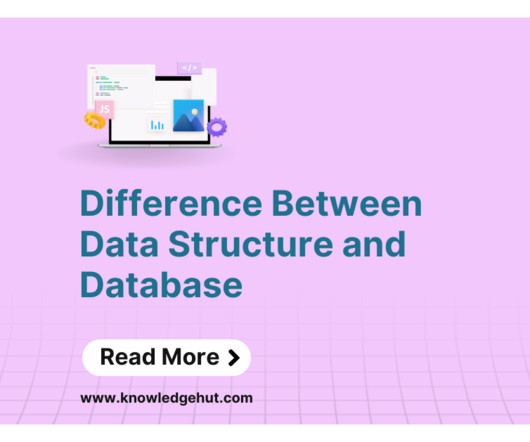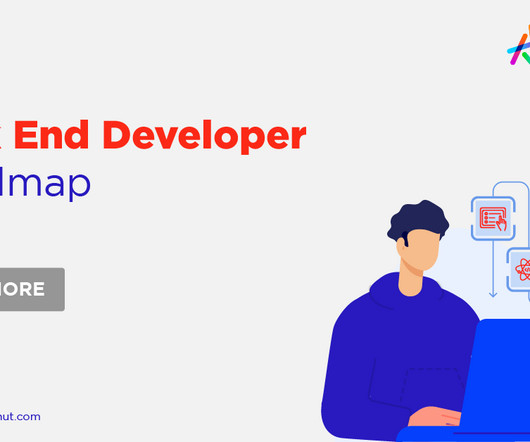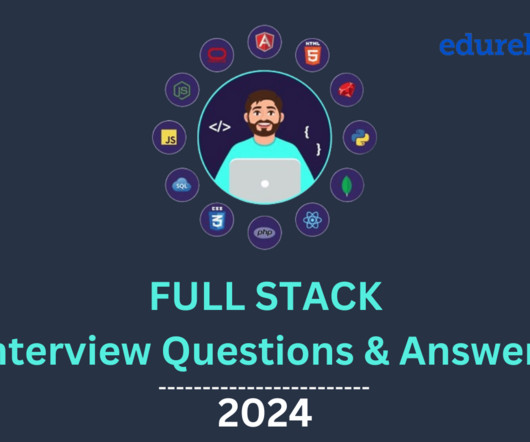Difference Between Data Structure and Database
Knowledge Hut
MARCH 27, 2024
Examples MySQL, PostgreSQL, MongoDB Arrays, Linked Lists, Trees, Hash Tables Scaling Challenges Scales well for handling large datasets and complex queries. Organization: Structures designed based on algorithms and specific data manipulation needs. Database: MySQL: A popular relational database management system (RDBMS).











Let's personalize your content